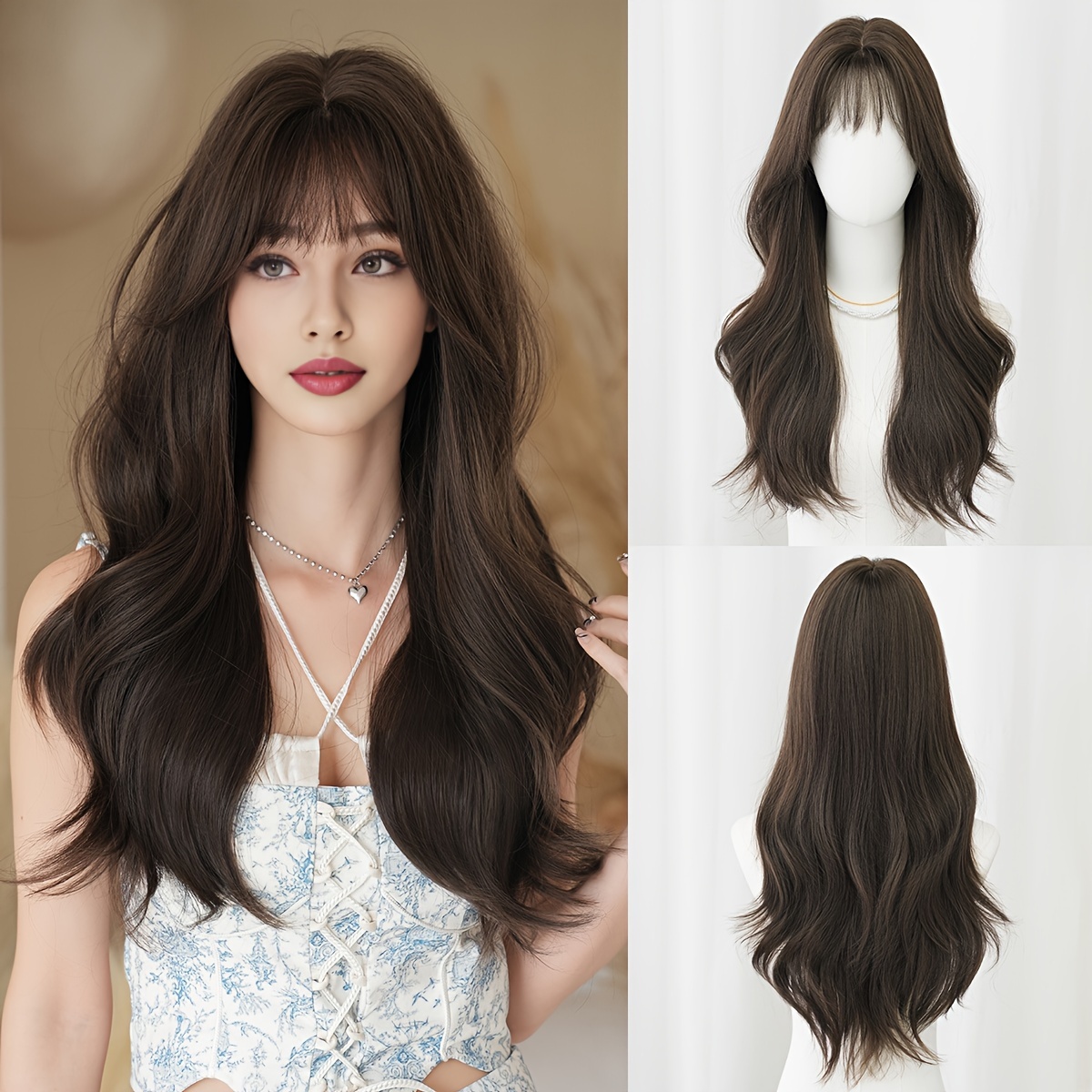Parfume, Parfum and Perfume are technically all one in the same, but the French seem to know how to make such a simple word sound so much better. Although all the names mean pretty much the same thing they are not all classified one in the same when it comes to quality. The secret to the differentiation all depends on whether or not a particular fragrance is considered an “eau de parfume” or as pure “parfume.”
OK so let’s clear this up, parfum is the most expensive and has the strongest aroma available. It can also be referred to as extrait, or “pure perfume”. Then next in line with the highest concentration of scent will be known as “eau de parfume.”
In order to be classified as an eau de parfume the scent must contain an 8 to15 percentage rate of fragrance or essential oil. All perfume strength comes from the percentage of scent element included in each ratio. The percentage of scent element is usually between fifteen and thirty. On average the concentration level is at fifteen percent for an eau de perfume and at a whopping twenty percent for parfum.
Now lets get down to the real nitty gritty. Scents tenacity is what’s most important to a consumer when purchasing a fragrance. As a perfume lover I tend to look for what scent most appeals to my sense of smell. How long an aroma stays on my skin is what makes me want to buy and how it blends with my natural body odor is what is most important. Perfumes tenacity has a range in hours up to approximately eight. Parfum however may last up to six hours at most.
Now it’s not surprising that when dealing with these different concentrations pricing plays a factor. I have found that the more intense the perfumes alcohol level is, the higher the price will be. High end perfumes such as Chanel No. 5 perfume can run you approximately $260 for 1 ounce at a high end retail establishment, where as its Coco eau de parfume goes for about $95 for a.25 ounce bottle.
The concentration of weak to strong in the scent category has a broad range. The category varies from the least concentrated eau fraiche which is a toilet water similar to cologne or splash; however it’s made with a higher grade of alcohol. Eau de toilette is a perfumed liquid containing a lower percentage of fragrance oils than normally contained in ordinary perfume or parfume, also called toilet water. Eau de cologne is often used interchangeably with the term toilette. However, the blend began as the name of a light and fresh fragrance mixed with citrus oils made popular by Napoleon. Eau de Parfume or perfume is the purest form of all scented products on the market; it is by far ranked the highest when it comes to concentration level.







